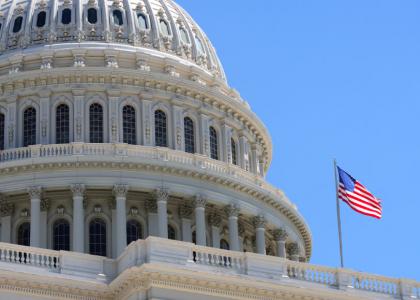The Department of Energy (DOE) recently announced $45 million in funding from 2021’s Bipartisan Infrastructure Law (BIL) to help states adopt and implement updated building energy codes. And much more is on the way: An eventual total of $225 million in BIL funding over five years, and $1 billion in funding to support state adoption of stronger energy codes under the Inflation Reduction Act (IRA). While all states’ residents and businesses would benefit from reducing building energy usage, states with older energy codes (or none at all) will see the biggest improvements in energy efficiency. But the overall impact of updating energy codes will also depend on the state’s existing building emissions, new construction activity, and climate goals. In this study, we determine which states could see the biggest impact from advancing building energy codes.
Download the Policy Brief
| Suggested Citation |
|
Waite, M. 2022. “States Primed to Benefit from Upcoming Federal Funding to Advance Building Energy Codes.” Washington, DC: American Council for an Energy-Efficient Economy. aceee.org/policy-brief/2023/01/states-primed-benefit-upcoming-federal-funding-advance-building-energy-codes |

